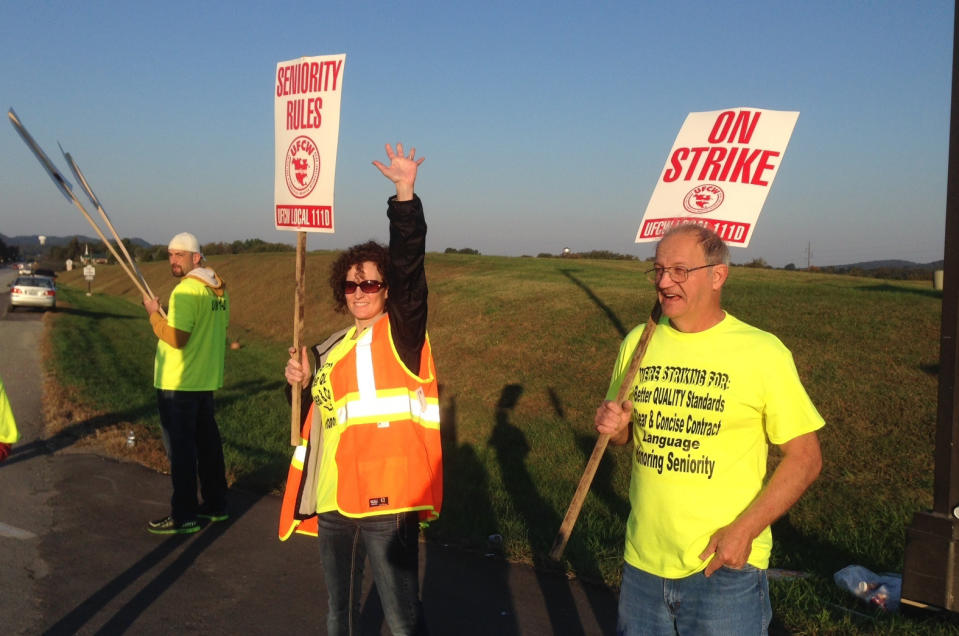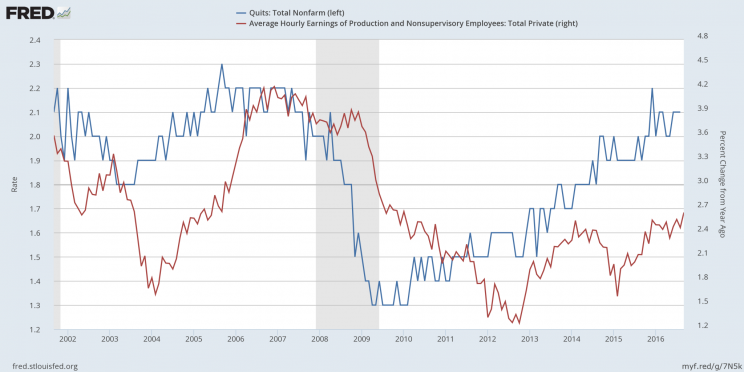4 newspaper headlines tell the whole story of the US labor market

One of the biggest economic trends in the US over the last several years has been a rapidly tightening labor market.
Said in plain English, this means the balance of power is shifting from employers to employees.
As a result, we’ve seen wages rise to post-financial crisis highs while the rate of people quitting their jobs also remains near cycle highs. This has been accompanied by the tumbling unemployment rate and the plunge in initial claims for unemployment insurance.
A rise in worker pay is seen as a sign that employers are turning to increased economic incentives to retain workers amid a shrinking pool of available labor. An elevated quits rate can be interpreted as something like a sign of how bold workers feel, as you’re unlikely to quit one job without being reasonably confident you can find another.

Underneath this data, however, there are anecdotal signs that the labor market may be even tighter than some economists — particularly those at the Federal Reserve who remain reluctant to raise interest rates — believe.
Neil Dutta, an economist at Renaissance Macro, passed along four recent media reports in an email Tuesday morning that show labor regaining much of the power it lost during the financial crisis, with each of these reports including the clearest sign that workers feel emboldened amid a tighter labor market — going on strike.
These reports include striking cafeteria workers at Harvard, striking workers shutting down two plants in Kentucky that make Jim Bean bourbon, as well as a threatened strike from actors in the video game industry and a potential strike from transit workers in Philadelphia next month.
These reports fall firmly into the camp of what many call “anecdata,” or conclusions derived from reading things like news reports or talking to folks on the street, rather than hard collected data.
But at this point in the labor cycle — when then US economy has added nearly 15 million jobs since the financial crisis — it is these below-the-surface indicators that perhaps paint the clearest picture of dynamics we’re seeing impact the economy.
And workers either walking off the job — or threatening to — is not something we see when work is hard to come by.
Or as Dutta wrote Tuesday morning: “Detect a pattern here?”
–
Myles Udland is a writer at Yahoo Finance.
Read more:
The one thing Trump and Clinton agree on could be terrible for the US economy

